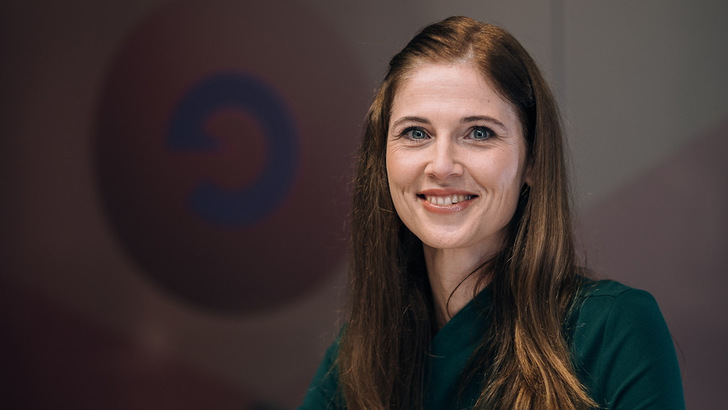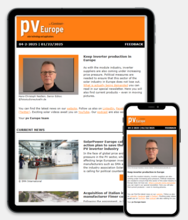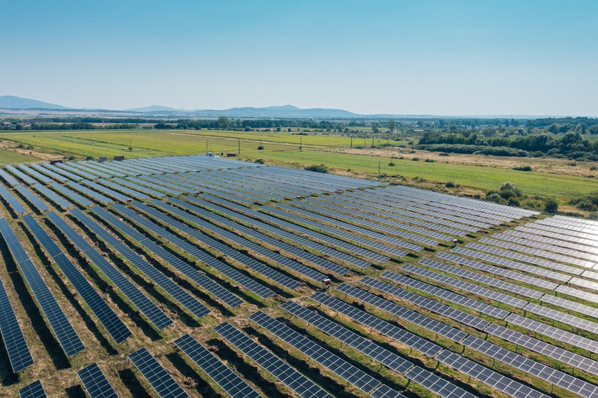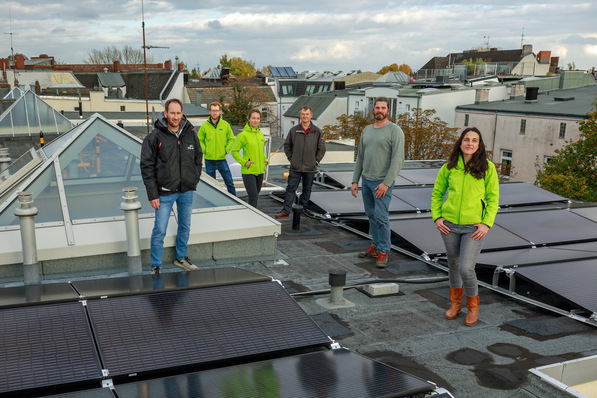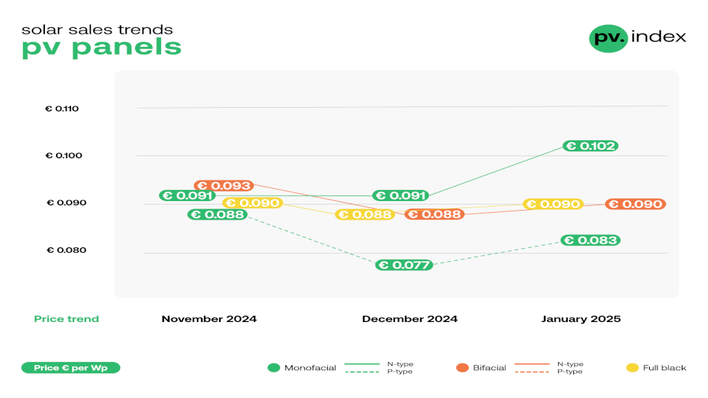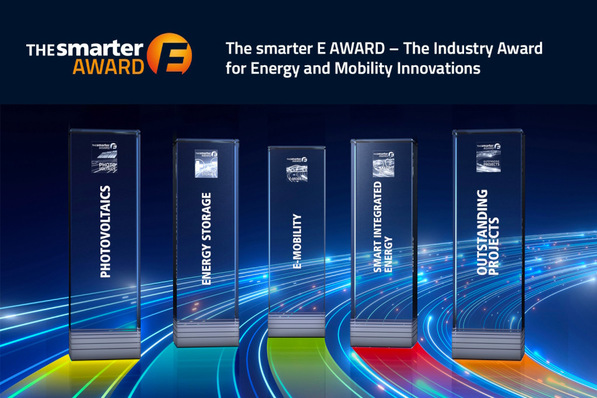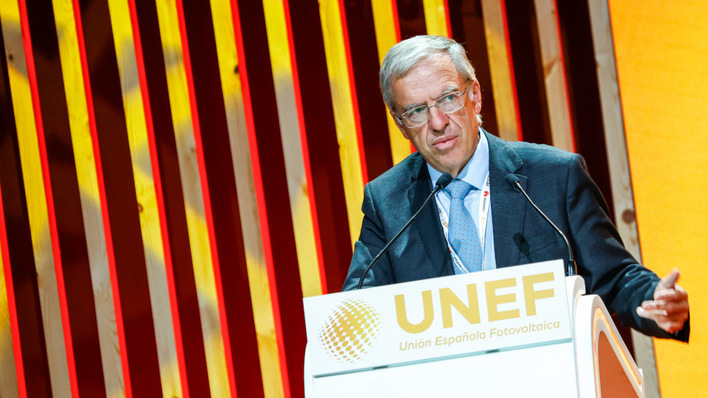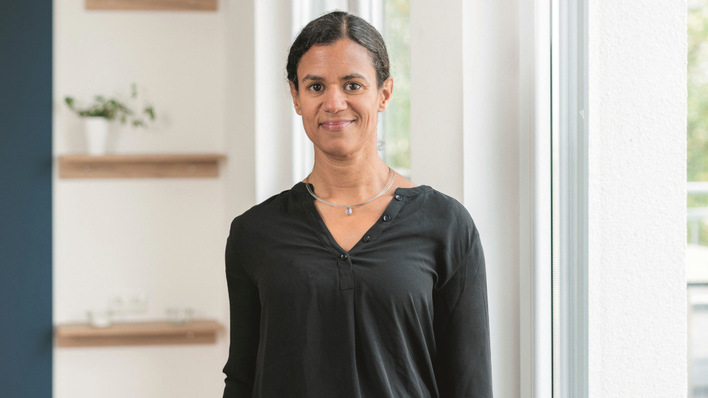What is the current situation with photovoltaic in Slovenia?
Nina Hojnik: Beginning in 2021we had three great photovoltaic years. 2024 was ok, but in 2025 we're at a complete standstill in Slovenia as solar goes, despite appropriate subsidies available. The reasons are varied, but a key one is the innumerable changes to the legal framework for photovoltaics which were implemented too slowly and poorly communicated. This has unsettled both private and commercial investors.
Also interesting: Caroline White of SegenSolar: “Poland is emerging as a key market”
How does the current system affect the daily PV business
Interest in photovoltaic systems was very high, leading to a significant backlog in the issuing of permits by the DSOs. If a permit was finally granted, people had to deal with long delays in connecting the solar power plants to the grid. In addition, in a strong turbulent debate about nuclear power took place in Slovenia as it is considered as climate friendly way to generate electricity. On top of all that, the tariff system was changed and the end of net-metering of residential solar power was ended. New PV systems need to shift towards power storage in order to run their system economically.
This sounds like a loss of trust – can you tell us more?
Since 2020, the public has supported PV. All recently taken actions resulted in confusion and low trust in the PV sector. So last year the public opinion shifted from pro solar to complete standstill due to uncertainty and anger because people do not understand the changes. On top there was a lot of disinformation on PV
Also interesting: Harald Scherleitner, Fronius: „For 2024, we expect another 3.6 GW of installed power.“
From your perspective, how bad are the changes really?
In fact, the solutions developed during the transition to the new billing and tariff system are showing excellent results. The numbers tell a different story that is quite the opposite of public perception.
Misunderstood measures create stagnation. What will you do?
The current situation also has a political connotation. Slovenia's Prime Minister, Robert Golob, is a former manager who ran an energy trading company for 15 years. He is a fan of renewable energy and is pushing the energy transition hard. Which should in principle be good for photovoltaics.
What's the issue here?
The problem is that people blame him and his party, or associate problems with photovoltaics with him and his party. Which is very unfortunate, because the decision to invest in your own renewable energy source should not be political motivated. It should be based on the long-term economic benefits of the investment and the chance to be more energy independent.
Why aren't changes undone?
The grid must be optimized for decentralized power generation to connect PV and other RES systems in a shorter time and to achieve higher penetration of renewable energies in Slovenia's overall supply. The need to digitize the energy system is obvious and must be addressed. Undoing changes is no option.
Also interesting: Dariusz Borowiec of K2 Systems Poland: "The overall package makes the difference"
What is the share of PV in Slovenia's electricity generation?
It accounts for 8% of our energy production. By the end of March 2025, a total of 1,449 GW PV was installed. Half of this are residential installations with an average power of 12 kW. The other half is community, corporate, industrial and utility PV power plants. Nuclear power generates 33% of Slovenia's electricity, hydropower another 33%.
Given all this, how would you describe the role of your organisation?
Since I started working here, our focus has been on actively shaping the legal framework for the solar sector, an ongoing process that has yet to deliver its full impact. We gather insights from our members, engage with decision-makers, and contribute to the broader debate around solar energy. Recently, we've emphasised restoring public trust and highlighting areas where existing laws aren't fully implemented. In response to the current standstill in the market we're raising awareness about other PV installation options, such as commercial, utility, and PV-car-ports. This is all still in its early stages in Slovenia.
Also interesting: Jan Stottko of SMA: “The most Polish inverter on the market”
What are your position and tasks in the association?
As the sole employee of the association, I manage all activities, the strategic focus in cooperation with our members. Currently, my main role is to stay deeply involved in the broader solar debate and help rebuild trust in the industry. I am also anticipating future developments like the the need to shift more attention to power storage.
When did PV gain momentum in Slovenia?
Around 2008, with major growth between 2011 and 2012, reaching 230 MW. After a change of government and the cancellation of subsidies, the sector experienced a prolonged standstill. Real growth resumed after the COVID-19 pandemic and the onset of the energy crisis, with annual increases of 35–40%. 2023 was a record year, with nearly 450 MW installed. In 2024, the installation rate slowed down, with just under 300 MW added to the overall power output of the country.
Also interesting: Michal Marona of SolarEdge: „A market with lots of potential“
What would you say is currently the biggest challenge for the Slovenian PV market?
My concern is keeping the companies that have emerged in the period of high demand in the business so that they will not leave the sector and focus on something else. If they leave the industry this would mean a loss of both, capacity and skills that would be missing for further expansion.
And the technical challenges faced in the country?
Technically, storage is a major issue because it's the only way photovoltaic systems can be economically viable under the new tariff system. We're aiming for a break-even point after 6–8 years.
Would more or other subsidies improve the situation?
Subsidies play a crucial psychological role, especially in the residential sector, where they help build confidence. Commercial and industrial projects also depend on stable subsidy frameworks. At the moment, Capital Expenditure subsidies are available. But given the volatility of electricity markets and the trend of negative prices, there’s a growing need for robust support mechanisms, such as Contracts for Difference (CfD)- and there is room for growth in the market of Power Purchase Agreement (PPA).
Do your members use the services of the EIB?
Funding from the European Investment Bank (EIB) typically targets large-scale projects. Our association currently represents mainly Small and medium-sized enterprises (SMEs). Unfortunately, the EIB’s offer is not suitable for these.
Also interesting: Grzegorz Rabsztyn: “The EIB is playing a key role in supporting renewables and grid development”
When do you expect a reawakening of PV?
Over the next two years, the sector is poised to regain momentum. Confidence will be restored, and the understanding of the benefits of solar investments will continue to grow. Investors will increasingly recognize the advantages of owning their own photovoltaic systems, reducing their reliance on grid-based electricity, which is subject to ever-increasing prices. While Slovenia recently had an energy price cap, it will eventually come to an end. In the long run, the stability of fixed electricity prices from individual photovoltaic systems will become more and more understood.
What support does the association offer to companies looking to invest in photovoltaic systems in Slovenia?
For companies considering an investment in photovoltaic systems in Slovenia, the association offers invaluable support by connecting them with members, key decision-makers, and providing essential insights into navigating regulatory and market challenges. Local expertise and strong relationships are often the critical factors for success in this market."
Interview by Manfred Gorgus
About Nina Hojnik
Since 2022 Nina is Director of the Slovenian Photovoltaic Association, Združenje slovenske fotovoltaike (ZSFV). She is engaged in project management and consulting on EU funds, with successful applications in LIFE programs for almost 12 years. As an experienced team leader in digital marketing campaigns she managed LIFE Integrated and Care4Climate projects under the sovereignty of the Ministry of Environment. Nina holds a university degree in political science, government and international relations.

